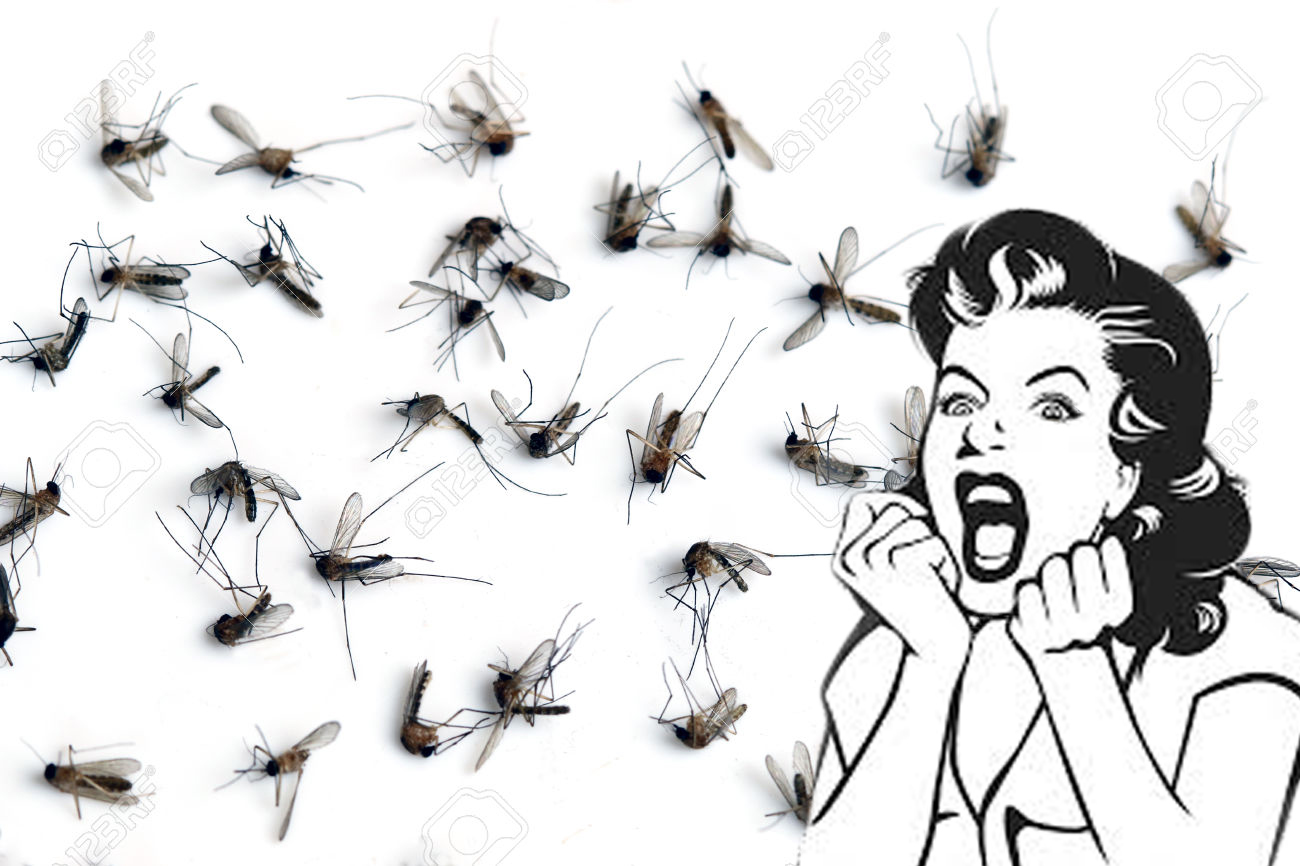Recently I was having a casual conversation with a friend. It was a stock standard conversation, we talked about all the usual things like work and family life. Then she mentioned she had been to the hospital that morning to visit a friend. He had been struck down by dengue fever, so he was administered to the hospital for treatment.
As I am not native to the country, I was not familiar with the extent of the issue at the time. Though, it turns out the spread of dengue in the Philippines has caused some serious concerns. In 2015 there were over 200,000 reported cases of dengue fever, and it seems to be on the rise. There is at present no vaccine to prevent the transmission of this disease, the only solution, therefore, is to take precautions against the problem.
Dengue is caused by a family of viruses transmitted by the bite of striped Aedes aegypti mosquitoes. These mosquitoes multiply during rainy weather, but they can breed in any water-filled container the entire year-round. One mosquito bite is enough to cause the disease. And Dengue is an acute illness that typically follows a course of several painful symptoms and discomfort.
Once a person is bitten by the mosquito carrying the virus, the period for the development of the disease ranges from 5 to 8 days, but it can also happen over a period of 2 weeks. The signs of dengue start to appear in stages. In the beginning, these are in the form of chills, headache, pain in eyes, loss of appetite and a general feeling of uneasiness. There may be the pain in lower back.
The initial symptoms are followed by hurting pain in legs and joints. The body temperature can rise to 104 F(40 C), and heart rate along with blood pressure can decrease severely. Eyes can become reddened, and a flushing rash comes over the face and then disappears. Even the lymph nodes in neck and groin can become swollen.
The high fever and other signs of dengue as mentioned above last for a few days. This is typically proceeded by a sudden drop in body temperature – this is called defervescence. There is profuse sweating at this stage. Once again there is a small period of normal temperature, then the person may begin to feel better, but without any ongoing treatment, this is just temporary. Within a day or two, there is another rise in temperature, in which characteristic itchy rashes start to appear on the body. Then there is more fever which spreads to extremities to affect the whole body. The palms of hand and the feet can get swollen.
This fever is diagnosed when the patient complains of typical symptoms like a headache, eye redness, and heaviness, nausea, severe muscle ache and rashes. If someone has returned from an area where dengue fever had spread epidemically, he or she should consult a doctor even if the symptoms appear mild.
In many cases, it is not easy to diagnose dengue fever as its symptoms overlap with those of many other viral problems like West Nile virus.
Due to many painful symptoms affecting the body, the treatment for dengue is a long process; but as this is caused by a virus, there is no specific antibiotic to kill it. Hence the treatment largely comprises providing relief from the symptoms and signs of this fever. Plenty of rest and adequate hydration are prescribed.
To prevent the spread of dengue fever and being affected by its irksome and rather dangerous symptoms, it is important to safeguard your surroundings and keep them free of mosquitoes. Professionally provided treatments help here. Consult a pest control service in your area to take the measures.
There are no antiviral drugs to treat dengue. However, vaccines for Treatment are intended for maintaining proper fluid balance in the body and granting relief from the symptoms. Oral or intravenous rehydration is mostly used to sustain proper fluid balance. Blood transfusion is mostly prescribed to stabilize hematocrit.
There are no confirmed vaccines for dengue. However, work is in progress on a vaccine and for medications that target the dengue virus directly. Paracetamol is prescribed to control fever and reduce discomfort.
Prevention is sought by decreasing mosquito populace by eliminating the breeding ground and using pesticides and limiting vulnerability to bites using mosquito repellents and protective clothing.
